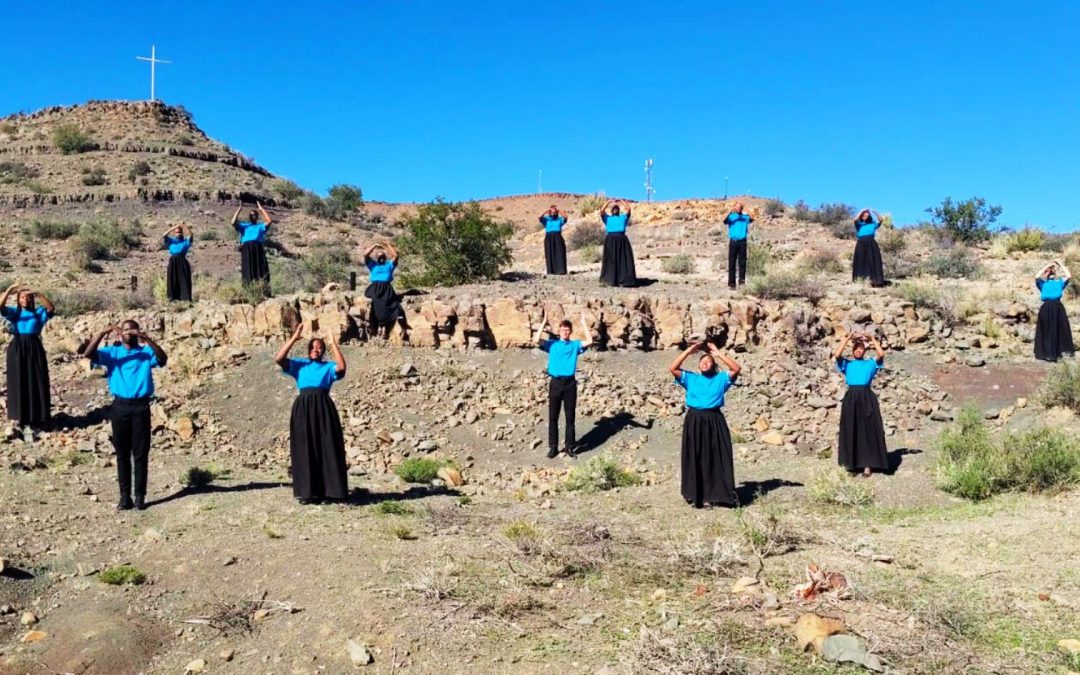A journey of sound, silence, and spirit
Transoranje School for the Deaf, nestled in Pretoria West, Gauteng, is home to an extraordinary group of young people who are showing South Africa, and the world, that music is not confined to hearing. The school’s Hands of Harmony Choir, made up of profoundly Deaf learners, recently completed a life-changing Karoo tour spanning five provinces and more than 3,000 kilometers, leaving audiences inspired and eager for more.
The tour saw the choir performing in towns such as Sutherland, Merweville, Bloemfontein, Kimberley, and Wolmaransstad, with their main highlight being a moving performance at the Merweville Dankfees in the heart of the Karoo.
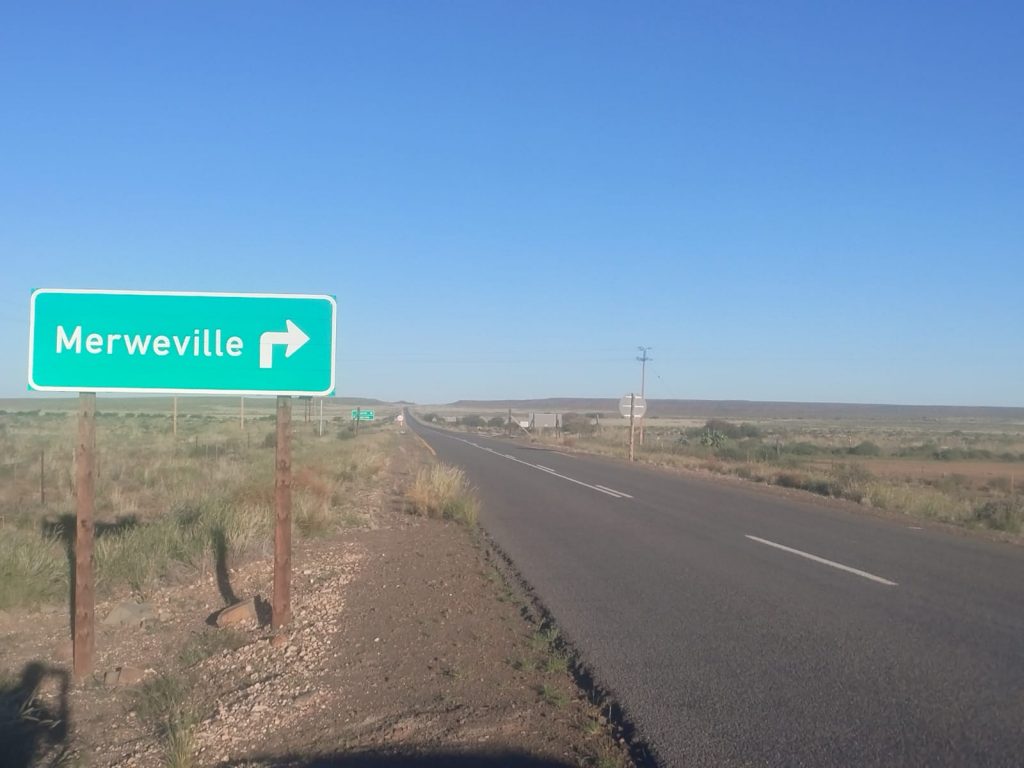
Everywhere they went, they were met with standing ovations. Audiences, many of whom had never experienced music visually before, were astonished as songs were interpreted into South African Sign Language (SASL), rhythms were felt through vibrations, and stories were told with hands, faces, and spirit.
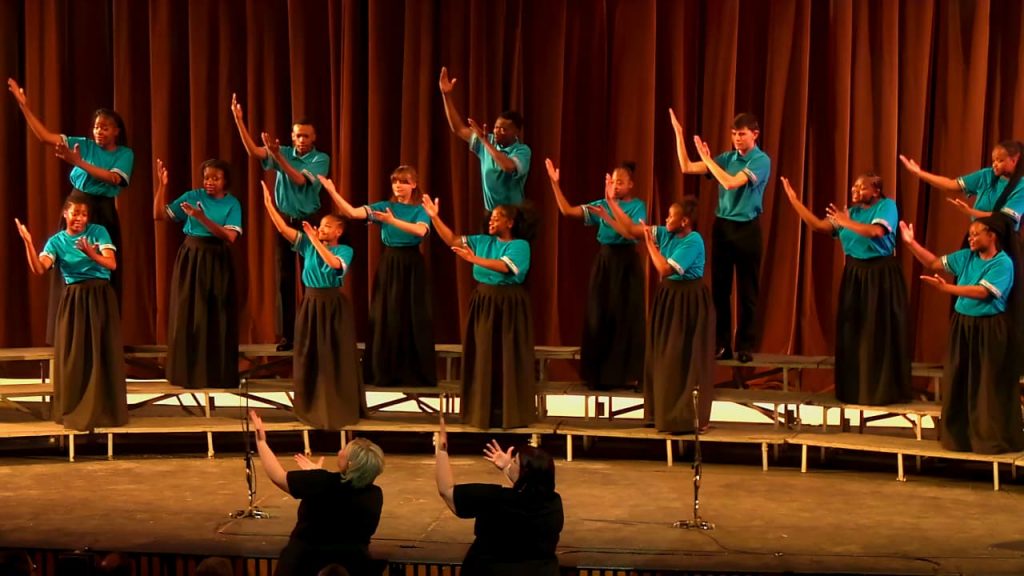
For the learners themselves, the journey was equally transformative. They discovered the power of vibration through church organs that shook the wooden floors beneath their feet, or the deep hum of motorbikes at the Bloemfontein Bikers Club. They marveled at natural wonders like the Gariep Dam’s rainbow spray when the sluice gates opened, the Kimberley Big Hole, the giant wind turbines, and even the magic of the night sky at Sutherland’s planetarium. For many, these were first-time experiences, as unforgettable as the performances themselves.
As one choir member explained: “I feel the rhythm through the floor and speakers, and I watch my conductor’s hands, body movements, and facial expressions.”
How the Deaf community creates music
To many, the idea of a Deaf choir may sound impossible. But at Transoranje, music is about more than sound, it’s about connection, presence, and creativity.
The learners use vibrations as their compass. Deep bass and organ notes resonate through floors and walls, allowing them to physically “feel” rhythm. Their conductors, Megan Bester and Carmen Bredenkamp, guide them visually through expressive gestures, facial cues, and body movements. Lyrics are translated into SASL, making each performance a blend of language, rhythm, and storytelling that bridges Deaf and hearing audiences.
Music collaborator Rudi van Wyk, who toured with the choir, describes the experience as life-changing:
“Deaf people do not want to be defined by their hearing ability, they live full, normal lives, with the same hopes, dreams, and needs as anyone else. This journey changed the way I see music, communication, and the power of human connection.”
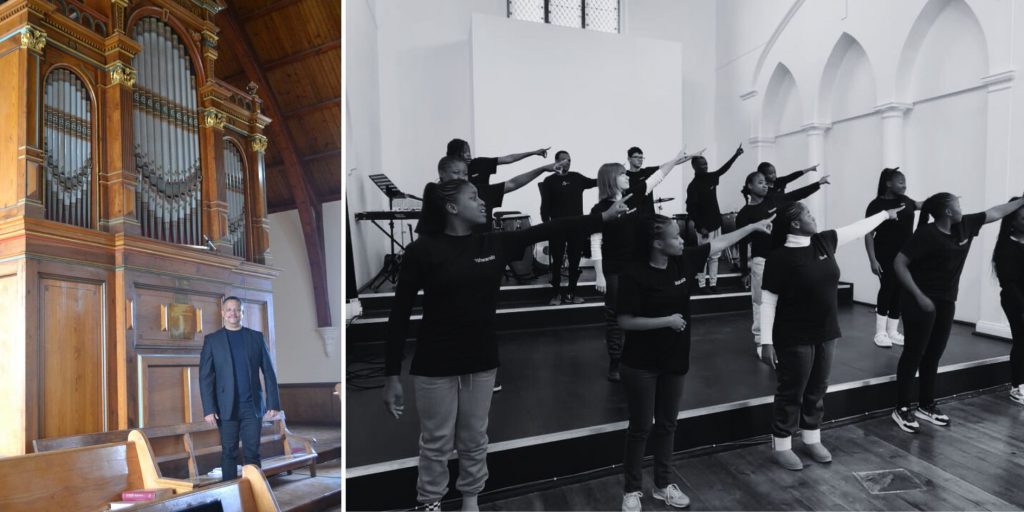
Rudi shared how everyday environments became part of the music: the pulsing vibrations of motorcycles, the rushing water at Gariep Dam, even the silence of the Karoo night sky, all woven into a sensory tapestry the learners could experience. “Waar Stilte Sing (Where Silence Sings) showed us that rhythm can be felt, dynamics can be seen, and music is truly a universal language,” he said. “Waar stilte sing” was composed by Prof. Theo van Wyk from the University of Pretoria, with lyrics by Rudi van Wyk. Prof. Van Wyk is a leading South African organist and composer, known for bridging tradition with innovation. They were inspired after realising that Transoranje learners experienced the powerful vibrations of the organ. This moment sparked the vision to write a composition built on sound that can be felt as well as heard, allowing Deaf learners to fully share in the music. Rudi’s lyrics capture the vast Karoo landscape and its silent beauty. The work was premiered and officially released for the first time on the Karoo Tour.
Lessons for audiences and learners alike
One of the most moving elements of the tour was watching how audiences engaged with Deaf culture for the first time. Instead of clapping, crowds quickly learned to raise their hands in the traditional Deaf way of showing praise. Children in the audience asked questions about SASL, eager to try their first signs. Concerts became moments of dialogue and awareness, not just entertainment.
Audiences were struck by the learners’ confidence and joy. Many said they had never seen music come alive so visually, and they left with a deeper appreciation for Deaf culture. They learned about traditions like sign names. This is where the Deaf community gives a specific “name” according to a physical feature that stands out to them from the person, as names are not finger spelled. This is a special gift as it can only be given by the Deaf community. They also saw that Deaf children’s lives, hopes, and dreams are no different from anyone else’s.
For the learners, the tour was just as enriching. They gained confidence, teamwork, and stage presence, learning to adapt to long travel days and packed schedules. Teachers reflected that the learners returned with a stronger sense of identity and pride: proof that “Deaf can”.
A campaign to keep the music alive
The success of the Karoo tour has sparked a renewed dream: to take the choir on a second regional tour in 2026 while also ensuring they can perform throughout the year at festivals, Deaf Awareness Month events, and community concerts. To make this possible, the school has launched a revamped crowdfunding campaign on BackaBuddy.
Their target is R55,000, which will cover essentials such as:
- Transport and tolls – R16,000
- Meals and catering – R10,000
- Accommodation – R5,000
- Performance wear and uniforms – R9,000 total
- Festival entry fees – R5,000
- Other performances across the year – R9,000
During their first campaign, the choir raised R12,400 from 8 generous donors, funds that helped make their Karoo tour possible in 2025. With additional in-kind sponsorships and donations, they stretched that budget to cover essentials like travel, food, and even a much-needed bass speaker. Now, as they look ahead to their next dream, a regional tour planned for 2026, the school has set a new target of R55,000. At present, fundraising for this upcoming goal has yet to begin, making community support more vital than ever.
As the school explains: “This is about more than another tour, it’s about creating opportunities for our learners to showcase their talent, share Deaf culture, and inspire communities across the country.”
More than music
For Hands of Harmony, music is not simply performance, it is identity, advocacy, and hope. Through every song, they remind audiences that Deaf culture is rich, proud, and full of talent. They show that inclusion is possible, that art transcends barriers, and that silence can indeed sing.
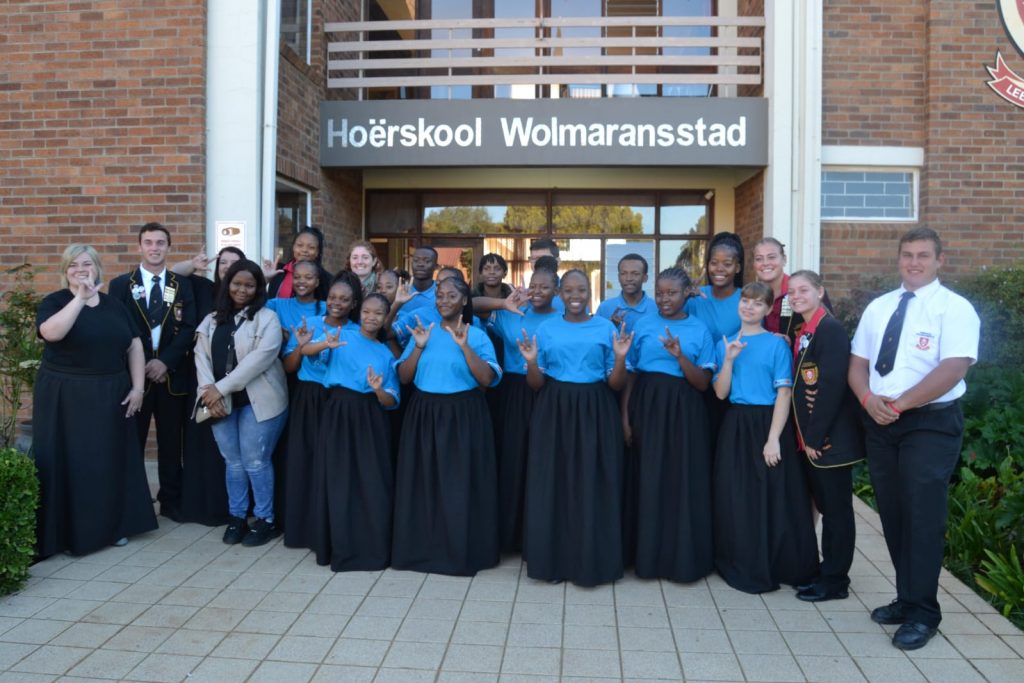
By supporting their campaign, South Africans can ensure these young performers continue to grow in confidence, explore the country, and prove that “Deaf can.”
To support Transoranje School for the Deaf’s Hands of Harmony Choir, visit their BackaBuddy campaign link here:
https://www.backabuddy.co.za/campaign/transoranje-school-for-the-deaf-choir-tour
Share their story and be part of building a more inclusive South Africa where music belongs to everyone.
Want impact stories and top crowdfunding tips? Sign up for our newsletter and join our community!
